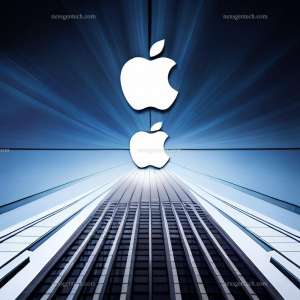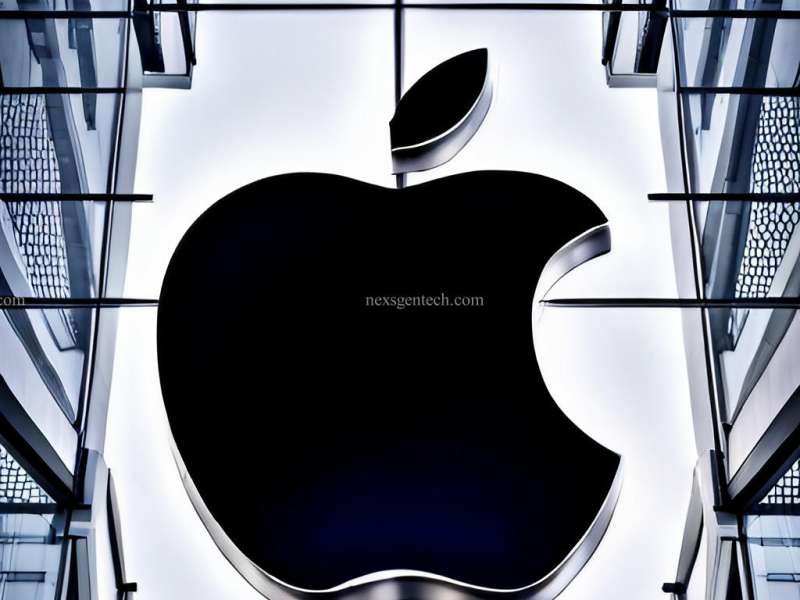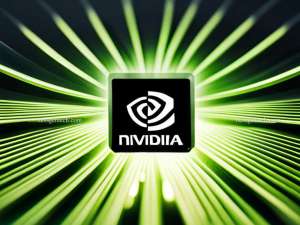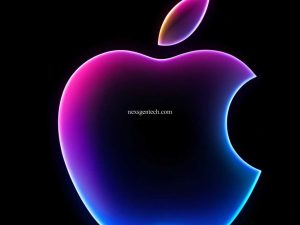Apple Inc., an American multinational technology company, is known for its innovative products that have redefined entire industries. Founded on April 1, 1976, by two Steves – Steve Jobs and Steve Wozniak – Apple’s meteoric rise from a garage startup to one of the most influential and wealthiest corporations in history is nothing short of spectacular.
Apple Foundation and Early Years
It all began in the Jobs family garage, where Jobs and Wozniak put together the first Apple computer, the Apple I. They followed up with the Apple II in 1977, which became a massive success and is often credited as a vital catalyst in the personal computer revolution. The introduction of the Macintosh in 1984, which was the first mass-produced computer with a GUI (graphical user interface), further solidified Apple’s reputation for innovation.
Throughout these formative years, Apple was not just selling products—it was selling a new experience. Jobs, with his keen eye for design and Wozniak’s technical expertise, began to leave an indelible mark on technology and culture. Their emphasis on aesthetics and ease of use was evident in every product, setting them apart from their competition who valued function over form.
The Jobs Wilderness Years
Despite initial success, Apple would face significant challenges. Turbulence within the company led to Steve Jobs leaving Apple in 1985 and starting a new computer platform development company called NeXT. During this time, Apple struggled to maintain market share against rivals IBM and Microsoft.
Return to Innovation
Jobs made his triumphant return to Apple in 1996 when Apple bought NeXT, and he was reinstated as CEO in 1997. He immediately revitalized the company with a new corporate philosophy of recognizable aesthetics and simple design.
One of the first products under Jobs’ second tenure was the iMac in 1998, an all-in-one computer that once again caught the industry’s attention. This would only be the beginning as the 2000s saw Apple pivot and transform the music industry with the iPod and iTunes, followed by upending the smartphone market with the launch of the iPhone in 2007.
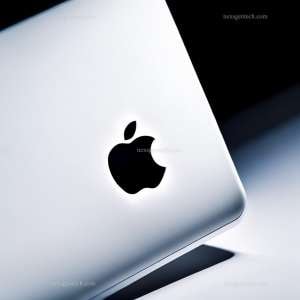
Apple Growth and Expansion
Subsequently, Apple introduced the App Store, creating a whole new economy of mobile applications. The innovations continued with the introduction of the iPad in 2010, which changed the landscape for tablets, influencing media consumption and the broader tech industry.
In the years that followed, Apple would dive into wearable technology with the Apple Watch, cloud services with iCloud, and more recently, into content production with Apple TV+.
Apple Legacy and Influence of Founders
The visionary zeal of Steve Jobs and Steve Wozniak is imprinted in Apple’s DNA. Even after Jobs passed away in 2011, his design ethos and innovative spirit lived on. Tim Cook, the current CEO, has continued to guide Apple by the principles established by its founders, focusing on creating technology that blends art and functionality. Under his leadership, Apple has become the first U.S. company to reach a trillion-dollar market capitalization.
Today, Apple stands as one of the most valuable companies in the world, consistently pushing the boundaries of technology and consumer electronics. Its commitment to privacy, clean energy, and environmental sustainability continues to be part of the company’s values—showcasing how Apple’s mission has evolved beyond its products to reflect wider social and environmental responsibilities.










Apple’s history is not just a narrative of a company, but a chronicle of innovation and cultural change. With a history marked by visionary ideas and game-changing technologies, Apple’s timeline is a testament to its founders’ influence and its ethos of perpetual innovation. The company has redefined industries, from personal computing and music to mobile phones, tablets and continues to look towards horizons brimming with possibility and potential.
Naming of the Company
Curiously, the origin of the company’s name, “Apple,” is thought to have been inspired by Steve Jobs’ visit to an apple farm while he was on a fruitarian diet. Jobs thought the name “Apple” was “fun, spirited and not intimidating.”
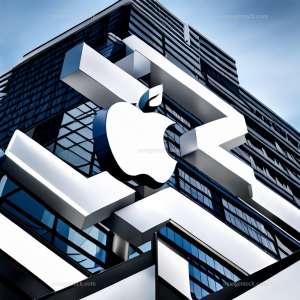
Apple`s Vision and Innovation
From the garage to the global superhighway, Apple’s journey is a testament to the power of vision and innovation. The founders’ philosophy of simplifying technology and enhancing its usability by marrying design with function has set a benchmark that not only defines their products but also redefines what technology means to us. They pioneered user-friendly computing and reshaped the tech industry, a legacy that continues to influence Apple’s trajectory today.
The Legacy
As Apple continues to push the boundaries of technology, it is clear that their impact on the world will only continue to grow. So whether you’re using a MacBook, iPhone, or any other Apple product, you are experiencing the legacy of two visionaries who changed the course of history. Their influence has not just shaped one company but has set a standard for technological advancement and innovation that other companies strive to emulate.
Conclusion
In a world where technology is constantly evolving, Apple remains at the forefront, always pushing the limits and setting new standards. And with their focus on user experience and design, it’s safe to say that the legacy of Jobs and Wozniak will continue to be felt for generations to come.
So here’s to the founders who dared to dream and revolutionize an entire industry, creating a legacy that will continue to inspire the world. So here’s to Apple – a company that continues to shape our present and future, staying true to its core values while leading us into the next era of technology.
The story of Apple is far from over, and we can’t wait to see what incredible innovations they have in store for us next. Let’s continue to embrace and celebrate the impact that this company has had on our lives, and here’s to many more years of Apple changing the world one device at a time.
